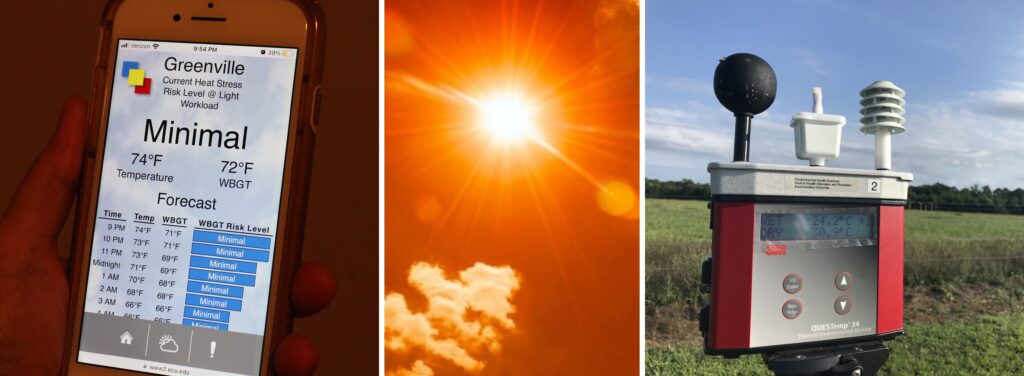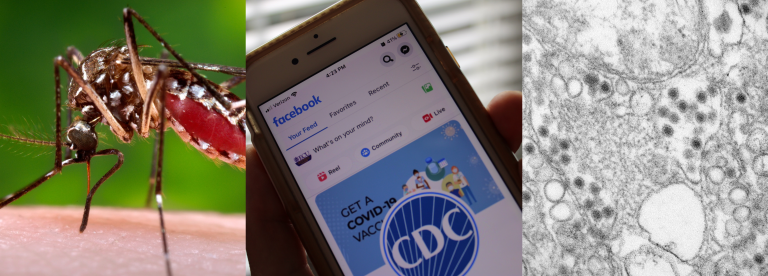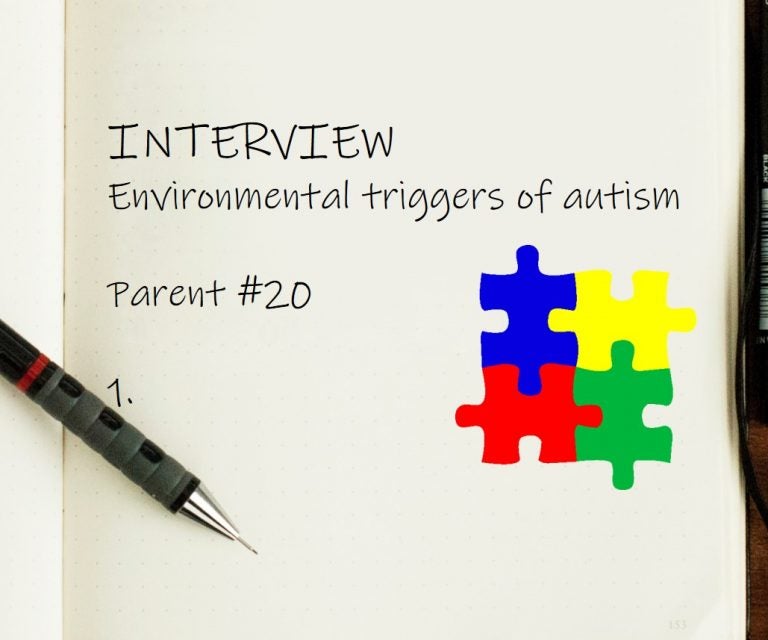Angol B*, Sousan S and Balanay JG (2025). Comparison between WBGT App Prototype and WBGT Monitor to Assess Heat Stress Risk in an Eastern North Carolina Outdoor Setting. Journal of Occupational and Environmental Hygiene. doi:10.1080/15459624.2024.2444415 (published online 1/08/2025)
Abstract
The wet bulb globe temperature (WBGT) index is the preferred environmental heat metric for occupational heat-related illness prevention but may not always be readily accessible in the workplace. Thus, there is a need for well-designed WBGT-based tools that are reliable, accessible, and inexpensive. A novel WBGT app prototype was developed to calculate the current and forecasted outdoor WBGT. The purpose of this study was to assess the reliability of the WBGT app prototype in providing accurate heat stress risk information for outdoor workplace settings in eastern North Carolina by comparing the WBGT indices and risk levels from the app (WBGTapp) with those derived from a heat stress monitor (WBGTins). Outdoor WBGT measurements were data logged at a university campus site using a heat stress monitor from March to August 2023 for 81 days and were assigned to risk levels by workload based on the ACGIH Threshold Limit Values. Hourly WBGTapp values and their corresponding risk levels were obtained using the app prototype. Data analysis was conducted using t-test, Pearson correlation test and cross-tabulation. Results showed that the hourly mean WBGTapp was significantly higher (P<0.01) than the WBGTins, but there was no significant difference between the overall average of the daily mean (P=0.15) and daily maximum (P=0.69) WBGTapp and WBGTins. There was a strong, positive correlation between the hourly mean (r=0.94, P<0.01), daily mean (r=0.97, P<0.01), and daily maximum (r=0.94, P<0.01) WBGTapp and WBGTins. The app correctly identified 73-88% of minimal-risk conditions, depending on workload type, and was most reliable in correctly identifying extreme-risk conditions at 97%, 95%, and 93% for light, moderate, and heavy workloads, respectively. This demonstrates the app’s capability of being protective of the workers, particularly in more severe heat stress risk conditions. Recommendations to improve the app’s accuracy involved using accurate solar irradiance data and applying linear calibration. The WBGT app prototype shows good potential as an alternative risk assessment tool for heat stress risk among outdoor workers.



